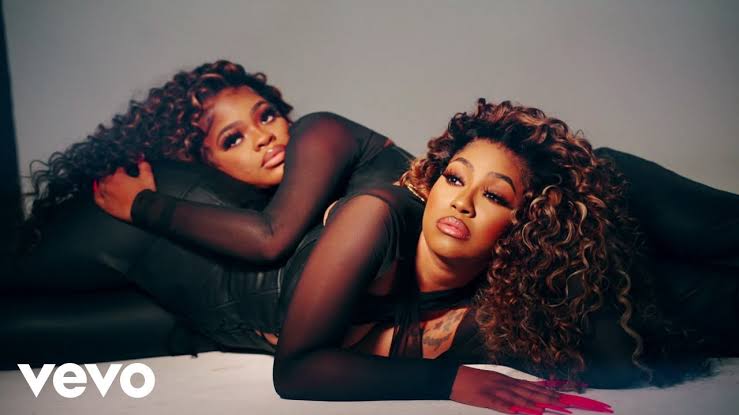The most significant issue Iran’s government has faced in recent years is the explosion of countrywide protests that followed the murder in police custody of a 22-year-old Kurdish woman who was jailed for allegedly breaking hijab (headscarf) standards.
Mahsa Amini’s family and many other Iranians think she died as a result of being beaten, despite the fact that officials claim she died from underlying medical conditions.
Inaction, according to protesters, might cause them to suffer the same fate. During the demonstrations, at least 30 people have died.
It has happened when Iranians are especially irate. Iran’s youthful and dynamic populace is feeling despondent due to institutionalized corruption among the country’s political elite, rising poverty brought on by inflation of more than 50%, the impasse in nuclear negotiations, and a lack of social and political freedom.
At least 25 million Iranians will be below the poverty level by June 2021, according to the Social Security Organization Research Institute in Iran. The number is currently even greater.
In Iran’s Islamic Republic’s history, there have been other protests as well. Nevertheless, a lot of onlookers think they’re unique in some way.
This is a protest from a lady more than anything else.
“Society has changed,”
The oppression of women in Iran, a segment of society that has been the largest victim of the Islamic revolution of 1979, is a topic that civil rights organizations consistently bring to light.
Following the revolution, hijabs (headscarves) were made mandatory for Iranian women, and they have since lost numerous rights, including the ability to work, travel, and have custody of children older than seven. Men at the time didn’t seem to have much issues with these adjustments.
According to Mehrdad Darvishpour, an Iranian sociologist residing in Sweden, “the fact that many males are participating in the protests suggests that the society has turned to more progressive objectives.”
“Woman, Life, Freedom” is the major rallying cry of the demonstrators, which stands for equality and against religious extremism.
“I wanted to visit my daughter, but they wouldn’t let me in,” an Iranian man said.
Furthermore, compared to other rallies, this one is far more inclusive.
2009’s “Green Movement” witnessed middle-class protests over purported electoral fraud. Despite being big, its focus was on important cities. In impoverished neighborhoods, there were no further significant protests in 2017 or 2019.
However, reports of the recent demonstrations are increasingly coming from both middle-class and working-class neighborhoods. Issues that are more inclusive have apparently replaced local or ethnic ones.
We are seeing the beginning of a major movement, said Mr. Darvishpour.
a movement that was being headed by women and was successful in uniting other groups. And maybe more significantly, the act of burning hijabs has shattered the myth of an impregnable dictatorship.
There is no turning back from this experience, according to Mr. Darvishpour.
Government’s choices
The location of the business is really challenging. Even even of the government’s most ardent supporters have been disturbed by Mahsa Amini’s passing.
Many of them, including some clergy, are raising concerns about the brutal methods that the morality police are employing to oppress women.
Therefore, the government has two choices: either to modify the Islamic republic’s draconian hijab regulations or to maintain them. However, doing so may inspire demonstrators to keep going until they get what they want: a new government.
Or to make no changes at all and keep killing demonstrators and carrying out harsh crackdowns, which may temporarily quell the discontent but would just fuel their escalating rage.
Many of the riot cops quelling the current riots are also struggling financially and are not always in favor of the ruling class.
They may change sides if these demonstrations go on.
In addition, many Iranians on all sides are concerned about the Supreme Leader’s age (83), as well as his declining health.
Whoever replaces him may or may not be able to maintain the staunch backing of the government is a question.
Even if this might not be the last chapter, it is still highly significant.
Although there are many furious Iranians who desire an alternative way of life and are losing lives as a result, the system is beginning to show more fractures.


